AP Human Geo Theories and Maps
1/20
There's no tags or description
Looks like no tags are added yet.
Name | Mastery | Learn | Test | Matching | Spaced |
|---|
No study sessions yet.
21 Terms
Demographic Transition Model
says- a process with 4 steps in which every country moves through, once a country enters a new stage it will not go back to a previous stage.
Stage 1: Low Growth (high CBR&CDR, low NIR)
Stage 2: High Growth (high CBR&NIR, low CDR)(happened due to industrial revolution)ex:Cape Verde, Nicaragua
Stage 3: Moderate Growth(decreasing CBR,CDR,NIR)(happens when people decide to start having less kids) ex:Chile,
Stage 4:Low Growth(CBR=CDR, has ZPG) ex: USA, England, Luxemburg
Stage 5:unofficial stage (low CBR, increasing CDR) ex: Russia
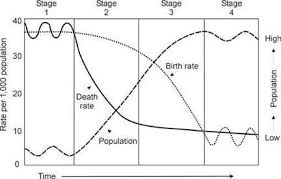
Von Thunen Model
Hearth-1826, Germany, by Johann Heinrich Von Thunen
says- What farmers produce varies upon distance from market
-takes into account cost of tranportation (which governs use of land)
-assumes no natural features (land uniformity)
-model places market in middle surrounded by dairy, then forestry (lumber), then grains and field crops, and lastly ranching and livestock
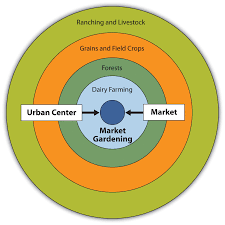
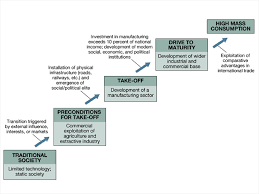
Rostow's Development Model
Hearth-W.W. Rostow, 1950
says- all countries move through 5 steps to development and modernization through selling resources and global participation (productive)
Step 1: Traditional Society:high in agriculture but unproductive and developed
Step 2:Preconditions of Takeoff:development begins with innovative leader who starts to buy technology
Step 3:Takeoff:Same areas start to produce and become productive and bring in $
Step 4:Drive to Maturity: Technology diffuses and workers become more specialized
Step 5:High Mass Consumption: More specialized jobs and become consumers
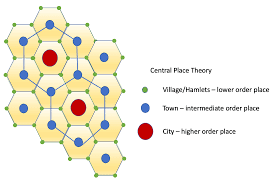
Central Place Theory
Hearth-Walter Christaller
says- where central places in the urban hierarchy would be functionally and spatially distributed (hexagon shaped areas)
-hierarchy: city,town,village, hamlet
-assumes that all land is the same (equal, no valleys mnts)
ex: Iowa
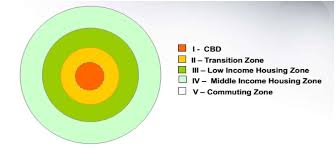
Concentric Zone Model
hearth-1923, E.W. Burgess
says-cities grow outwards from the CBD in rings
1st inner ring-CBD
2nd-Transiton Zone (poorer, immigrants)
3rd-Working Class Homes
4th-Newer spacious homes
5th-commuters

Multiple Nuclei Model
hearth-1945, E.L. Ulman
says-cities are a complex structure w/ more than 1 center
-also says certain things are more attracted to certain areas
ex: airports attract hotels and universities attract pizzerias
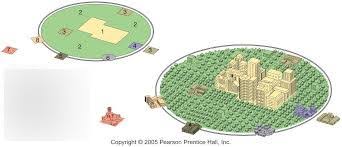
Peripheral Model
-good ex for N. America
says- an urban area consists of a central area surrounded by other districts and places and enclosed by a major road
-model points to problems of segregation that characterizes many suburbs
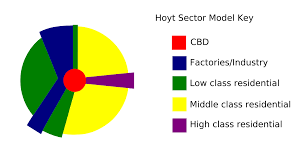
Hoyt
Sector Model
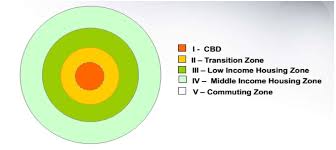
Burgess
Concentric Zone Model
Sector Model
hearth-1939, homer hoyt
says-city develops in sections or wedges not rings
-grows outwards in wedges
-best housing is on edges
ex of model:chicago
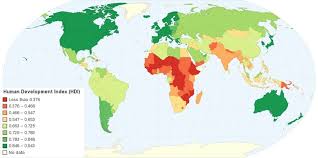
HDI
says-determines a country's development based on economic, social, and demographic indicators (given in %)
economic indicators- GDP per capita
Social indicator- Literacy rate
Demographic indicator-life expectancy
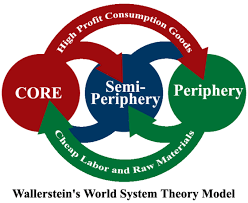
Wallerstein World Systems Theory
says-the world economy has a 3 tier structure
Core: generates wealth in economy, high levels of education, technology, and salaries(RICH)
ex:USA
Periphery:generates less wealth in world economy lower level of education, technology, and salaries(POOR)
ex:congo
Semi-periphery: a buffer zone between Core&periphery both can exist
ex: brazil, india, china, mexico
Losch's Location Theory
says- manufacturing plants choose locations where they can maximize profit
-can maximize profit when income is higher than the cost to make it
ex:fur stores in vail, co
Hotelling's Location Theory
says-location of an industry cannot be understood w/o references to other industrys of the same kind
ex:gas stations are always next to each other
Weber's Location Theory
says- says-manufacturing plants will be where costs are the least
ex:cheap labor, maquiladoras
Lee's Migration Theory
Divides factors causing migrations into two groups of factors, push and pull. The factors are either economic, cultural, or environmental
push- things that are unfavorable about the area that one lives in
pull-things that attract one to an area
Ravenstein's Migration Theory
says-majority of migrants move short distances and if they migrate long distances its' to cities.
-urban residents migrate less than inhabitants of rural land.
-families migrate less than individuals and men will travel further
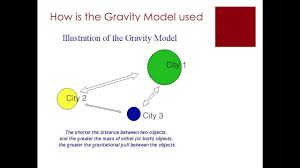
Gravity Model
says-Distance and population size effect receiving and sending countries
-people will travel closer than far but large populations send more people.
ex:china and india to US
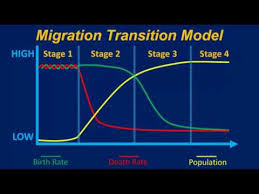
Migration Transition Model
says-countries in stage 1 of DTM have internal migration
-most sending countries are in stages 2-3 (international emigration)
-most receiving countries are in stages 3-4(int'l immigration)
Malthus Theory
claims-that worlds population is growing much more quickly than earth's food supply (1798)
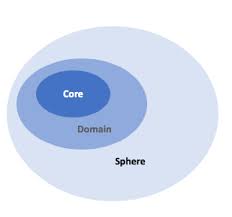
Core-Domain-Sphere Model
says- a culture is more homogenous and intense in the core